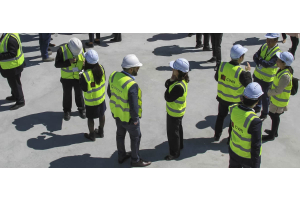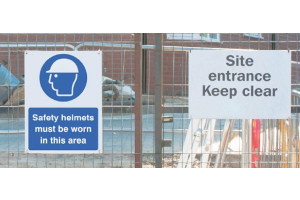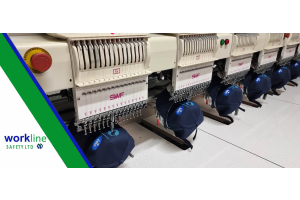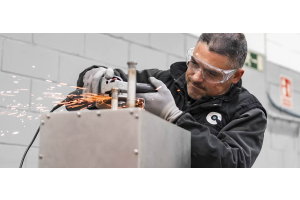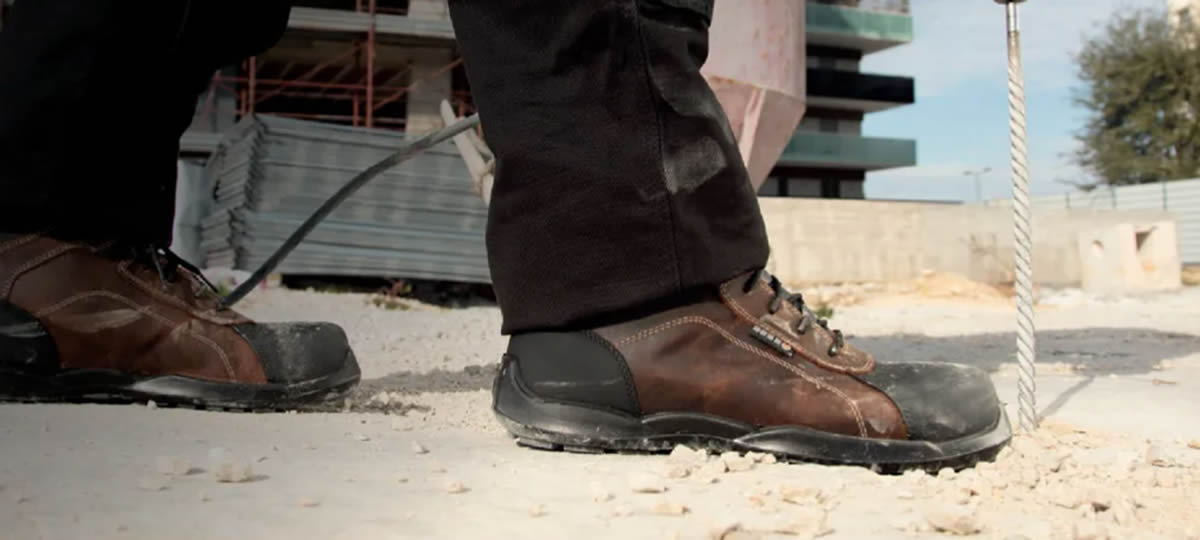
The safety footwear industry has undergone a surge in innovation in recent years, offering a wider range of options to meet more workers’ needs. From enhanced features and higher protection levels to a broader spectrum of styles, today's safety footwear is more sophisticated than ever. However, with this increased choice comes the problem of choosing the right footwear for the right task. So here is our quick guide to safety footwear.
What Can Safety Footwear Do?
Safety footwear features can protect against various hazards:
- Impact: Protects against heavy objects crushing your feet.
- Sharps: Guards against punctures caused by sharp objects.
- Absorption: Prevents water, oil, or chemicals from penetrating your feet.
- Temperature: Provides protection from extreme heat or cold.
- Static Electricity: Prevents the buildup of static charge.
What Do Employers Need to Know?
In the UK, employers bear the responsibility of equipping their workforce with appropriate PPE, including safety footwear. Beyond protection levels, crucial factors to consider include:
- Slip Resistance: Ensures secure footing on slippery surfaces.
- Durability: Guarantees long-lasting performance and resistance to wear and tear.
- Comfort: Prioritises all-day comfort to enhance productivity and reduce fatigue.
- Legal Compliance: Adheres to relevant workplace safety regulations.
Let’s look at the different types of safety footwear available on the market:
The safety footwear market offers a range of options; from the sturdy protection of safety boots to the comfort appeal of safety trainers. There's a pair of footwear to suit every worker, so let’s look at your options
Safety Boots:
As the most comprehensive category, safety boots encompass a wide array of protective features. From impact-resistant toe caps and slip-resistant soles to penetration-resistant mid-soles and insulation against extreme temperatures, safety boots are designed to shield your feet from a multitude of hazards.
Safety Shoes:
For those who prefer a more shoe-like appearance, safety shoes offer many of the same protective features as boots, including toe caps and slip-resistant soles. These shoes are ideal for industries where boots might be impractical, such as healthcare and laboratory settings. Additionally, executive-style safety shoes, like brogues and Oxfords, provide protection without compromising on style.
Safety Trainers:
Safety trainers have gained popularity due to their casual appearance and increased agility compared to traditional boots. With a wide range of styles available from renowned brands like Portwest, safety trainers offer a comfortable and stylish option for workers in various industries.
Specialised Footwear:
For specific occupations, specialised footwear is available to provide tailored protection. Electro Static Discharge shoes, also known as ESD Footwear or anti-static shoes, are designed to reduce static discharge, making them ideal for workers in demanding environments.
Wellington boots remain a classic choice for wet environments and industries requiring regular disinfection. Their waterproof construction and durable design make them a reliable option for a variety of projects.
Rigger boots, known for their pull-on style, are particularly popular among workers. While they excel in slip prevention, their lack of ankle support may not be suitable for certain types of manual labour.
Ladies' Safety Footwear:
The world of safety footwear is inclusive, with a wide range of options available for women. Ladies' safety footwear offers the same essential protective features as men's footwear but is designed to fit the female feet and legs better.
Still not sure what you need? Our experts can provide tailored advice to meet your specific needs. Visit our website for more information

